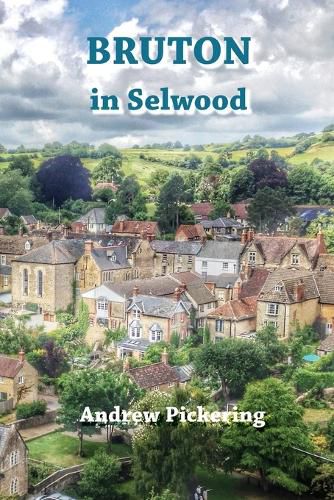Readings Newsletter
Become a Readings Member to make your shopping experience even easier.
Sign in or sign up for free!
You’re not far away from qualifying for FREE standard shipping within Australia
You’ve qualified for FREE standard shipping within Australia
The cart is loading…






This book, fully colour illustrated, tells the fascinating story of Bruton, a small town in Somerset, England, and its environs from the earliest times to the present day. An important ecclesiastical centre since the seventh century, notable individuals in Bruton’s history include Sir John Fitzjames, standard bearer serving three monarchs and a co-founder of Bruton’s free grammar school, Stephan Batman, an eminent Tudor author and cleric, Sir Hugh Sexey, the town’s great benefactor, and Gabriel Felling and Ernst Blensdorf, two of its most admired artist-craftsmen. R. D. Blackmore, author of Lorna Doone was schooled in Bruton and, for most of 1959, it was home to the great American novelist, John Steinbeck. The lives of ordinary folk raising families, working on the land and in the town’s mills, are revealed in a host of parochial records and in the fabric of the buildings in which they lived and worked, prayed and played.
$9.00 standard shipping within Australia
FREE standard shipping within Australia for orders over $100.00
Express & International shipping calculated at checkout
This book, fully colour illustrated, tells the fascinating story of Bruton, a small town in Somerset, England, and its environs from the earliest times to the present day. An important ecclesiastical centre since the seventh century, notable individuals in Bruton’s history include Sir John Fitzjames, standard bearer serving three monarchs and a co-founder of Bruton’s free grammar school, Stephan Batman, an eminent Tudor author and cleric, Sir Hugh Sexey, the town’s great benefactor, and Gabriel Felling and Ernst Blensdorf, two of its most admired artist-craftsmen. R. D. Blackmore, author of Lorna Doone was schooled in Bruton and, for most of 1959, it was home to the great American novelist, John Steinbeck. The lives of ordinary folk raising families, working on the land and in the town’s mills, are revealed in a host of parochial records and in the fabric of the buildings in which they lived and worked, prayed and played.